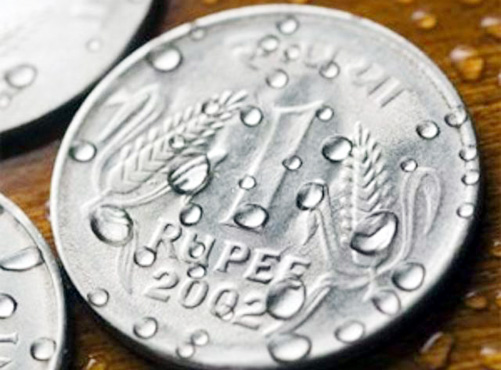INR still under pressure

The first two weeks of the new trading year have seen the Indian Rupee (INR) holding its ground against a still-supported US Dollar, but the INR still looks pressured as it attempts to slow the losses seen in the final quarter of 2015. The INR has moved higher from 66.2018 at the beginning of the year to 66.9640 by the middle of the month.
After finally raising US interest rates from 0.25 per cent to 0.50 per cent in December, the Federal Reserve now appears to have gone back towards its dovish stance with the recent FOMC Minutes release indicating the decision to finally raise interest rates was a very close call. This has caused some volatility over the USD, with investors now reconsidering how often the Federal Reserve will be willing to raise interest rates in 2016.
Domestically and regionally, concerns continue to linger over how the slowing growth in China will impact the global economy and how continued weakness in the commodities market will weigh on global inflation. When added together, these factors signal the possibility of some very big changes in the world’s economy. There are a huge variety of economies around the globe that are reliant on commodity exports, which is going to lead to slowing GDP growth while an extended period of low inflation is also going to prevent central banks from following the path of the Federal Reserve and raising interest rates.
The sense of uncertainty is making the emerging markets more vulnerable than most other asset classes because risk appetite from traders is subject to change. Fundamentally, India’s GDP growth for the fourth quarter of 2015 was solid at 7.4 percent, but the local sentiment is still being pulled down by scepticism about the strength of overseas markets for exports and whether India will encounter lower demand for its products.
This is also one of the reasons why the central bank was so aggressive with its interest rate policy last year, with the lower rates intended to increase domestic lending and consumption as a means to offset and potential for a decline in export GDP.
-Jameel Ahmad,
Chief Market Analyst, ForexTime.com
-
Related News
- UIMI Technologies unveils solar chargeable power bank
- Sanjeevani from Exide Life insurance
- Orbis launches comic strips for children
- App to give virtual trial room and in-store shopping experience
- Woman creates buzz in startup ecosystem
- India raised Rs 65,789 cr from spectrum auction
- Indsur Global puts Rs 150-cr expansion plan on hold
-
More from Metro India

